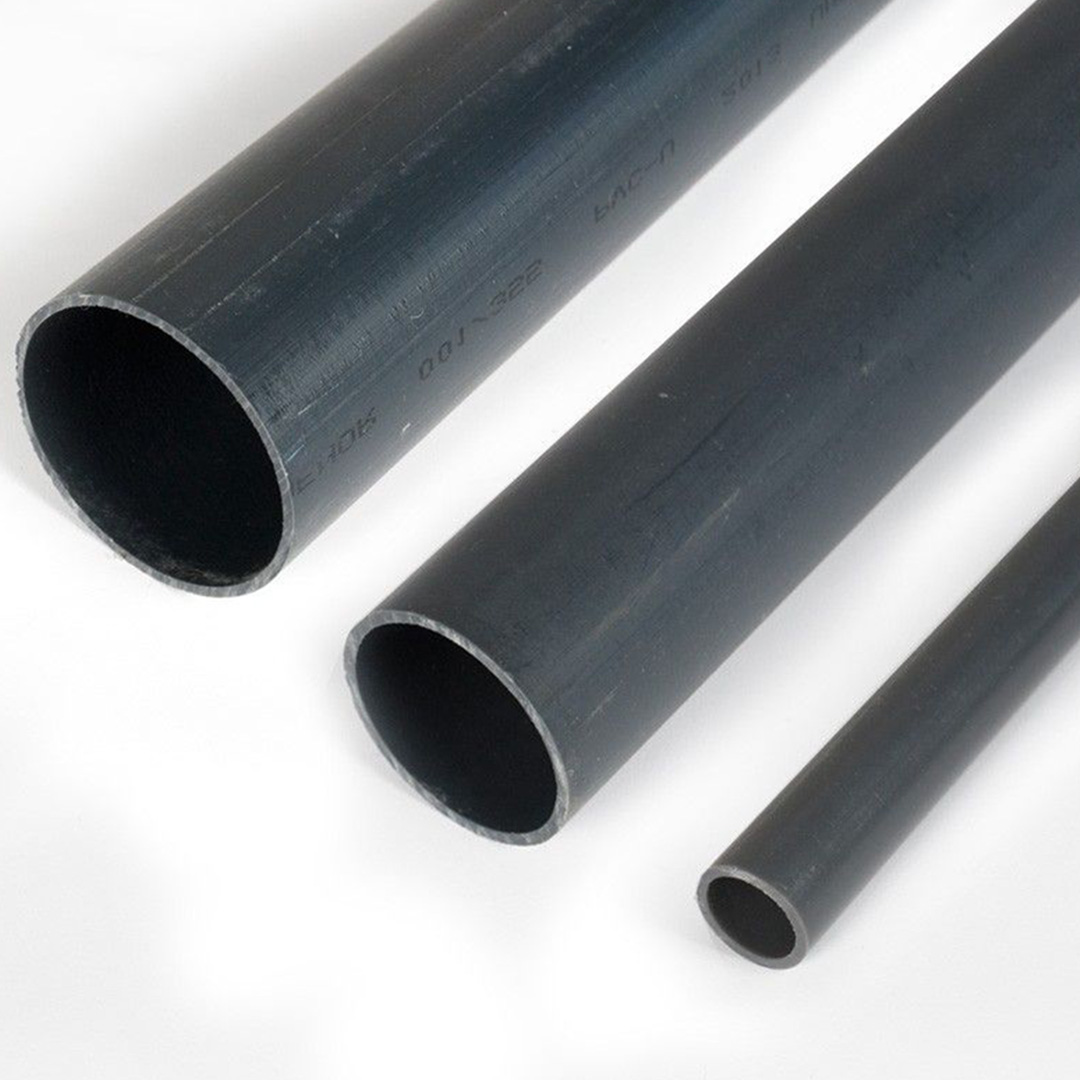Latest Updates
Featured Posts
Get in Touch
123 Innovation Street
Tech District, CA 94105
[email protected]
+1 (234) 567-890
Plastic Possibilities: Unraveling the Future of Materials
Plastic materials have become an integral part of our daily lives, shaping the way we interact with the world around us. From packaging and construction to electronics and medical devices, their versatility and adaptability have made them the backbone of countless industries. However, as awareness of environmental issues grows, so does the urgency to rethink our relationship with these synthetic substances. The plastic landscape is evolving, prompting innovative solutions that not only address sustainability but also enhance the performance and functionality of materials.
In recent years, researchers and designers have begun to explore new possibilities within the realm of plastic materials. This includes the development of biodegradable alternatives, recycling technologies that surpass traditional methods, and the integration of natural fibers that reduce dependence on fossil fuels. By examining the current trends and breakthroughs in plastic material research, we can better understand how these developments will shape the future of our products and the environment. As we unravel these exciting advancements, the potential for a more sustainable and efficient use of plastics becomes increasingly clear.
The Evolution of Plastic Materials
The journey of plastic materials began in the early 19th century with the invention of Parkesine, a form of nitrocellulose which was the first synthetic plastic. This groundbreaking discovery set the stage for the development of various plastics, as scientists and inventors sought to create versatile materials that could be molded and shaped for countless applications. By the late 19th century, Bakelite emerged as the first truly synthetic plastic, revolutionizing the industry with its durability and heat resistance. This marked a significant milestone in the evolution of plastic materials, allowing for their widespread use in household goods, electrical insulators, and more.
As the 20th century unfolded, the production and variety of plastic materials expanded rapidly. Innovations in chemistry led to the creation of polyethylene, polystyrene, and PVC, each offering unique properties and benefits. These advancements facilitated the use of plastics in packaging, automotive, construction, and consumer products. The convenience and flexibility of plastic materials quickly made them essential in everyday life, leading to a consumer culture centered around these synthetic substances. However, this rise came with challenges, particularly concerning environmental impact and waste.
In recent years, the focus has shifted towards sustainable practices and the development of biodegradable and recyclable plastic materials. Scientists and engineers are now exploring bioplastics made from natural sources like starch and cellulose, aiming to reduce reliance on fossil fuels and decrease plastic waste. This evolution highlights the ongoing innovation in the field of plastic materials, as researchers strive to strike a balance between functionality and environmental responsibility. As we move forward, the future of plastic materials will likely be shaped by both technological advancements and a growing commitment to sustainability.
Innovative Applications in Various Industries
Plastic materials are making significant strides in the automotive industry, where their lightweight properties contribute to improved fuel efficiency and reduced emissions. Manufacturers are increasingly using advanced polymers for components such as dashboards, bumpers, and interior parts. These materials not only help reduce overall vehicle weight but also enhance safety and durability, proving that plastic can play a pivotal role in creating a more sustainable automotive future.
In the field of medicine, plastic materials are revolutionizing the way healthcare is delivered. From disposable syringes and surgical instruments to advanced prosthetics and biocompatible implants, plastics are integral to various medical applications. Their versatility allows for customization and innovation, facilitating better patient outcomes and more efficient medical processes. The continued research into biodegradable and recyclable medical plastics presents exciting possibilities for reducing environmental impact while maintaining the highest standards of safety and efficacy.
The packaging industry is undergoing a transformation driven by the need for sustainability and functionality. Plastic materials are evolving to meet consumer demands for eco-friendly packaging solutions without compromising performance. Innovations such as biodegradable plastics and lightweight packaging designs demonstrate the industry's commitment to reducing waste and environmental harm. As companies explore new ways to integrate circular economy principles, the future of packaging looks bright, highlighting the potential of plastic materials to adapt and thrive in an ever-changing market.
Sustainability and the Future of Plastics
As the world grapples with the environmental impact of plastic materials, the need for sustainable solutions has never been more urgent. Innovations in biodegradable plastics and recyclable materials are paving the way for a future where plastic can coexist with ecological principles. Companies are increasingly focusing on developing alternatives that minimize the carbon footprint and reduce waste. plexiglass sur mesure Enhanced recycling technologies are making it possible to repurpose plastic materials effectively, creating a circular economy that diverts waste from landfills and oceans.

Educating consumers about the importance of sustainability in plastics is a crucial step toward responsible usage. Awareness campaigns and initiatives that encourage recycling, reduce single-use items, and promote sustainable product design are essential. By fostering a culture of mindfulness regarding plastic consumption, individuals can contribute to the transition toward more eco-friendly alternatives. This shift not only benefits the environment but also incentivizes manufacturers to innovate and prioritize sustainable practices in their production processes.
Looking ahead, the future of plastic materials will likely involve a hybrid approach combining innovation, sustainability, and consumer awareness. Scientists and engineers are constantly exploring new bioplastics made from renewable resources that can break down naturally without harming the ecosystem. The continued collaboration between industry leaders, governments, and researchers will be key in shaping a responsible and environmentally friendly plastic landscape. By embracing these advancements and committing to sustainable practices, society can harness the potential of plastic materials while protecting the planet for future generations.
Sponsored News
